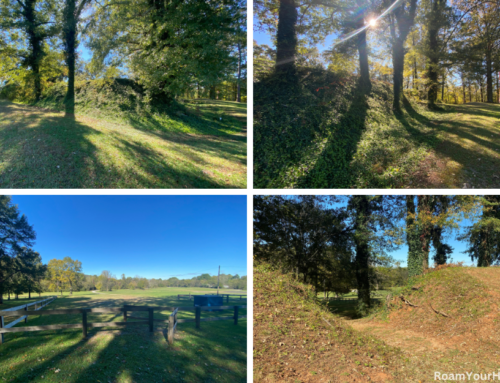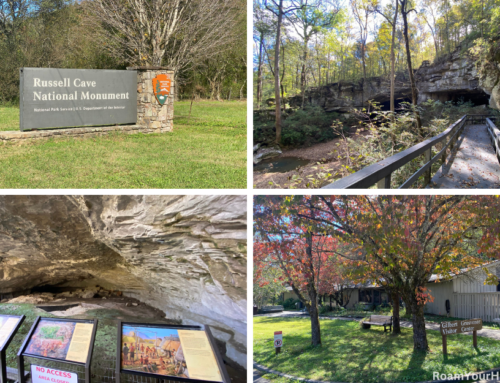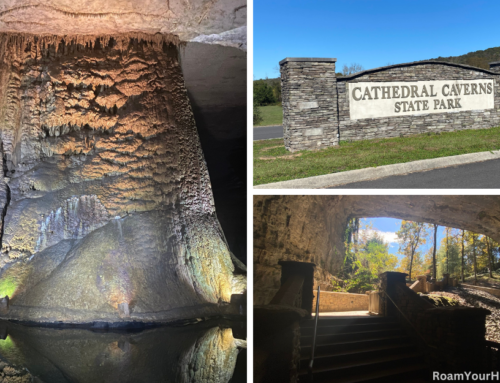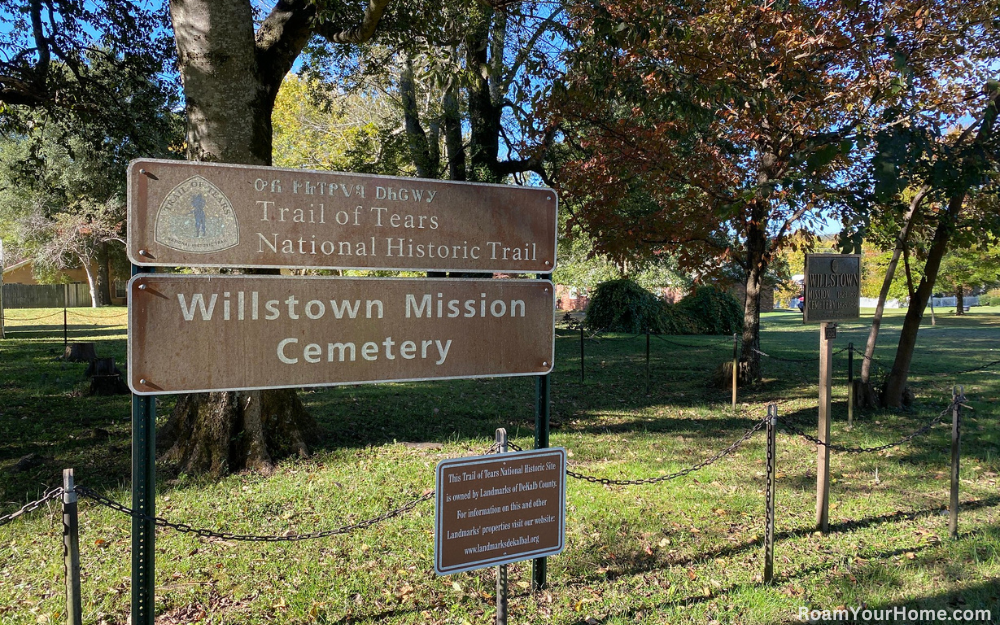
Willstown Mission Cemetery: Trail of Tears National Historic Trail
Fort Payne, Alabama, is a small town with a long history. Before European settlement, the area had a thriving Cherokee population. Today that history is still on display at the Willstown Mission Cemetery in Fort Payne. The site is an official site along the Trail of Tear National Historic Site. The property was adjacent to a council ground frequently used by the Cherokee during the 1820s and 1830s.
In 1823 Cherokee leaders John Ross, Andrew Ross, and George Lowery recognized the need for education for the Cherokee in Willstown. They persuaded the American Board of Commissioners for Foreign Missions to open a mission/school. A 10-acre plot was purchased, and two classrooms were built—one for boys and one for girls. The mission and school would thrive for more than a decade but would be forced to close abruptly after the forced removal of the Cherokee in 1838.
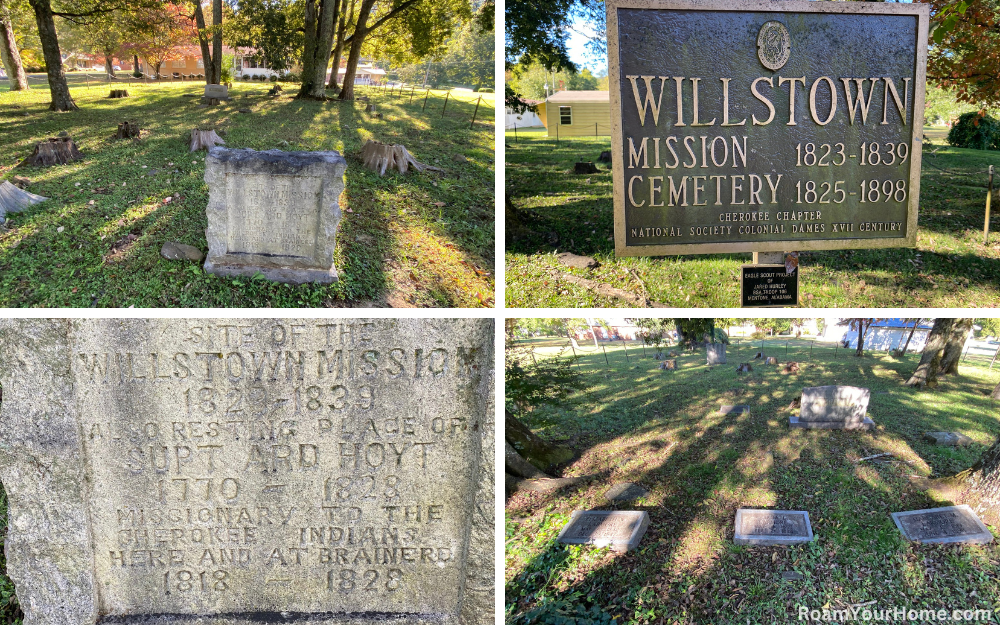
Visiting Willstown Mission Cemetery
Today nothing remains of the mission or school, but the cemetery remains. It contains at least 50 graves, but there could be more. The only identified graves are Reverend Ard Hoyt, and eight white settlers buried between 1841 and 1898. Reverend Hoyt and his wife were teachers there. According to military records, some of the unidentified graves could be those of the 41 Cherokee who died in the camp at Fort Payne before the Benge Detachment’s departure.
The cemetery may have been around before the mission and school were established. Local legend states that Chief John Watts of the Chickamauga Cherokee is buried in the cemetery. However, that has yet to be officially confirmed.
While you are visiting the Mission Cemetery, make sure to check out the Fort Payne Cabin Historic Site. That is also an official site along the Trail of Tears Historic Trail. Desoto State Park and Little River Canyon Preserve are also nearby and offer incredible scenery.


